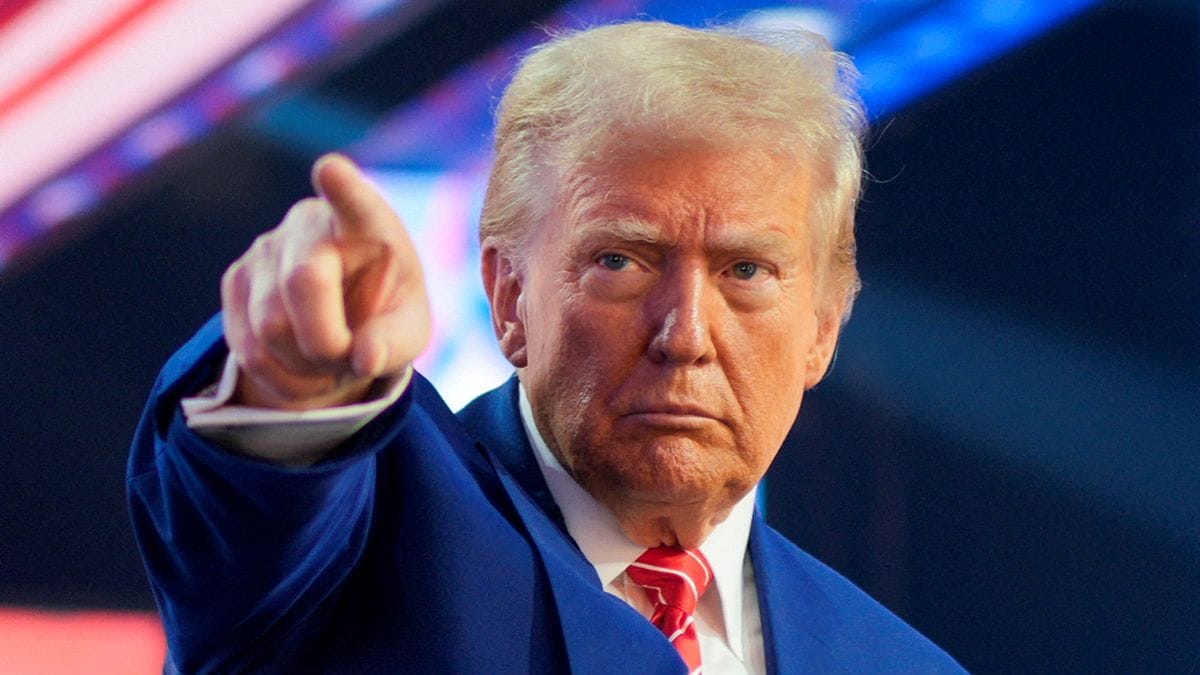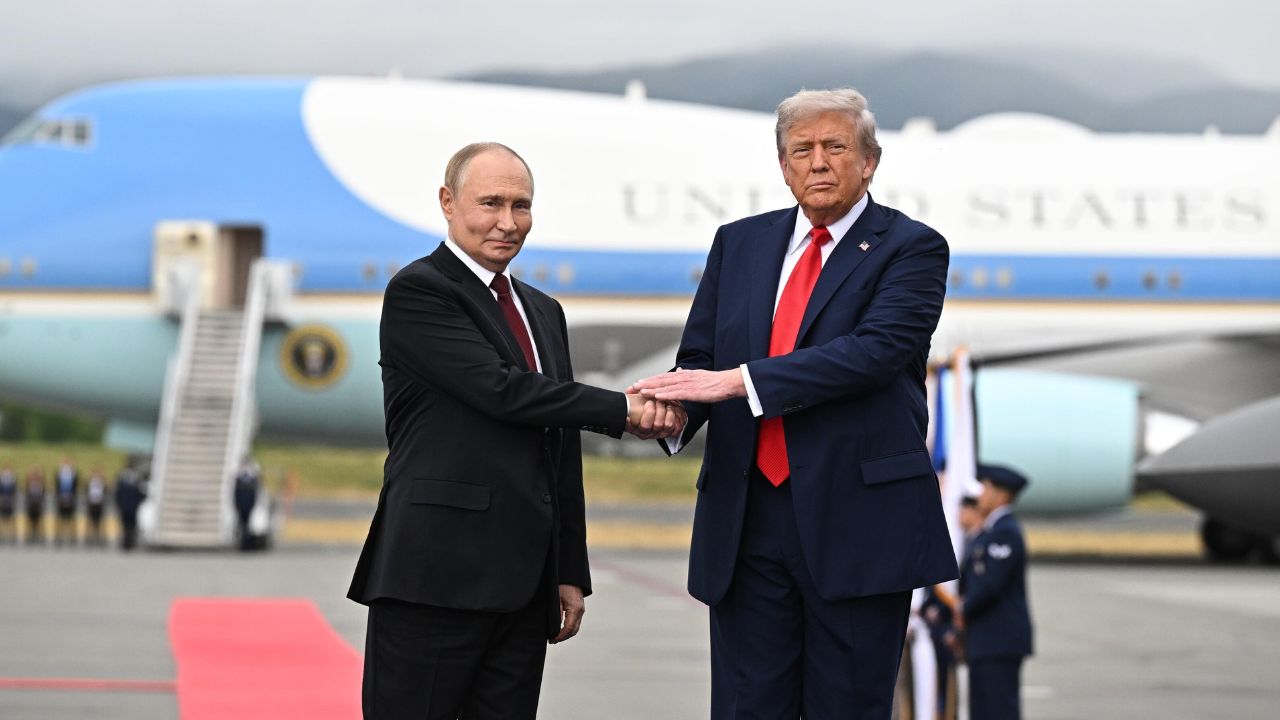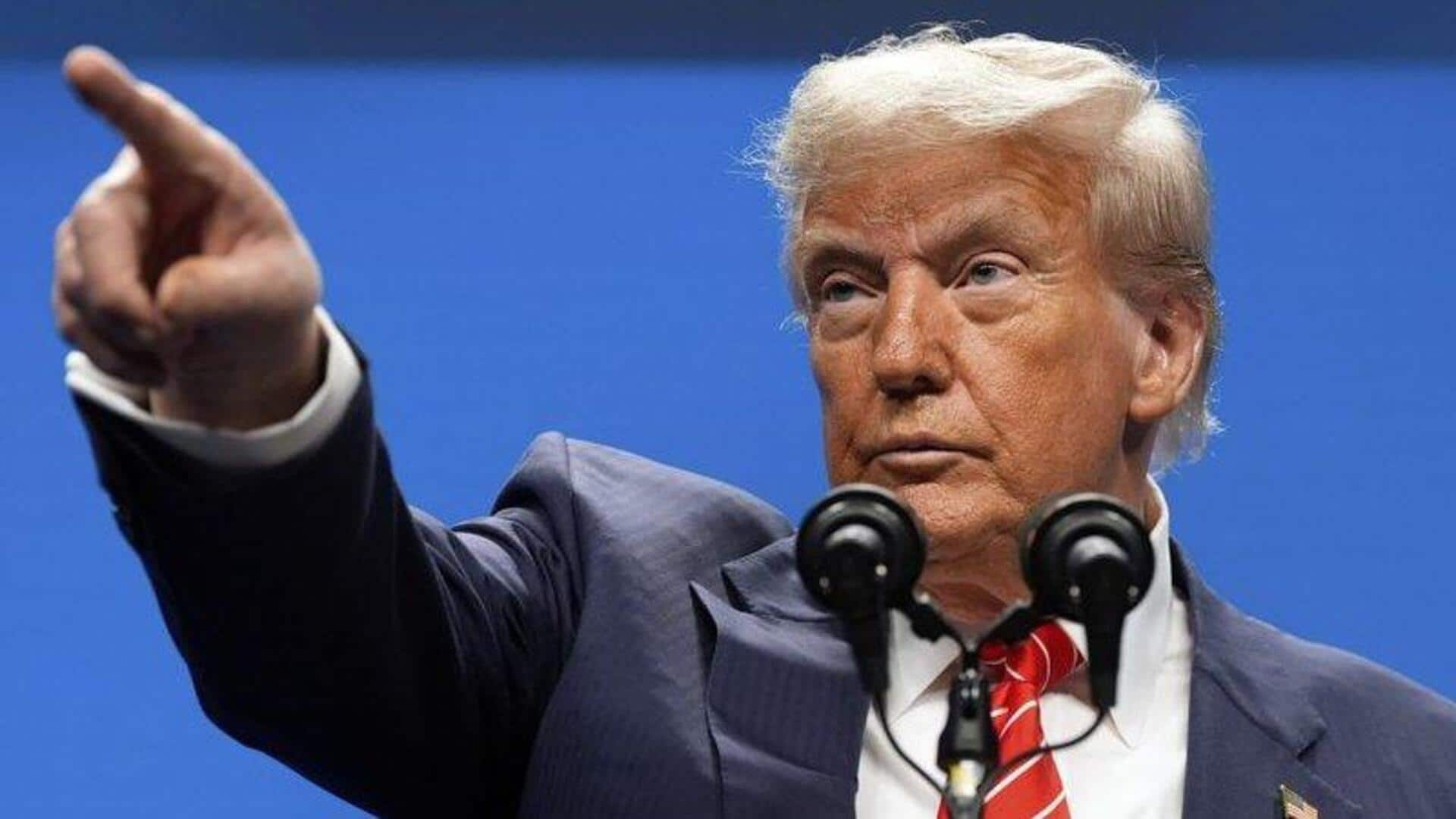Brent crude, the global benchmark for oil recently surged past 95 dollars a barrel, a level not seen in over a year. Almost immediately, members of OPEC+ (Organization of the petroleum exporting countries)
signalled the possibility of deeper production cuts to maintain prices.
This double move, high prices and potential supply reduction has spurred fears of fresh inflation, rattled currency markets, and sent policymakers scrambling. Understanding why OPEC+ is making these signals and what it means for economies worldwide requires a look at the mechanics of oil pricing, the alliance’s strategy, and the ripple effects on everything from grocery bills to central bank decisions.
How OPEC+ Shapes the Market
OPEC+, a coalition of the Organization of the Petroleum Exporting Countries and allied producers such as Russia, controls roughly 40 percent of global oil supply. The group uses output targets to influence global prices. By cutting production, they restrict supply, which typically drives prices higher.
In recent years OPEC+ has adopted a flexible strategy, adjusting output monthly to match market conditions. Their latest hints at additional cuts follow months of voluntary reductions already in place, with Saudi Arabia and Russia leading efforts to stabilize prices above 90 dollars per barrel.
Why Brent Crude Crossed 95 Dollars
Several factors converged to push Brent crude past 95 dollars:
- Strong Demand: Post-pandemic travel and industrial recovery in Asia has kept oil consumption robust, especially in India and China.
- Supply Constraints: Earlier OPEC+ production cuts have already removed more than a million barrels per day from the market.
- Geopolitical Tensions: Ongoing conflicts in the Middle East and disruptions in African oil fields add risk premiums.
- Low Inventories: Global stockpiles are at multi-year lows, leaving little cushion for unexpected shocks.
A report from the International Energy Agency highlights that spare capacity which is the ability to quickly ramp up production is now concentrated in just a few countries, making markets more sensitive to political and natural disruptions.
Inflation’s Return Threat
When oil prices climb, the effects spread quickly. Higher crude costs push up the price of petrol and diesel, raising transportation expenses for goods from food to electronics. Airlines face higher jet fuel costs, while farmers pay more for fertilizer and machinery fuel.
The World Bank estimates that every 10-dollar increase in oil prices can add roughly 0.4 percentage points to global inflation within a year. Central banks that were just beginning to ease interest rates may now delay or reverse cuts, prolonging tight monetary policy and slowing economic growth.
Impact on Major Economies
- United States: Gasoline prices are already testing consumers’ patience. Persistent energy inflation could complicate the Federal Reserve’s efforts to achieve its 2 percent target.
- Europe: The eurozone, still fragile after an energy crisis triggered by the Russia–Ukraine conflict, faces renewed pressure on household heating and industrial production costs.
- Asia: Energy-hungry nations such as India, Japan, and South Korea are vulnerable to higher import bills, which can widen trade deficits and weaken local currencies.
Emerging markets suffer most, as higher fuel prices hit transportation, agriculture, and electricity costs simultaneously, often without strong social safety nets.
OPEC+ Strategy and Internal Calculus
Saudi Arabia, the de facto leader of OPEC, needs oil prices near or above 80 dollars to balance its budget and fund ambitious projects such as the Vision 2030 plan. Russia, facing Western sanctions and the cost of war in Ukraine, benefits from higher prices to maintain revenue.
These national interests align with a strategy of managed scarcity. However, there are limits: too-high prices risk destroying demand, encouraging alternative energy investments, and inviting political backlash from major consumers.
Market Reactions and Speculation
Oil futures have grown more volatile as traders weigh OPEC+ statements. Hedge funds and commodity investors often amplify price swings by speculating on supply shocks. Meanwhile, U.S. shale producers, who can ramp up output relatively quickly, watch for opportunities. Yet even American shale fields face higher drilling costs and investor pressure to prioritize profits over expansion, limiting their ability to flood the market as they once did.
High oil prices paradoxically accelerate the shift to renewables and electric vehicles by making them more cost-competitive. Governments may respond with incentives for green energy, but the transition is gradual. In the short term, economies remain tied to fossil fuels, so any abrupt OPEC+ move reverberates widely.
What to Watch Next
Analysts will track the upcoming OPEC+ ministerial meeting for formal announcements of production cuts. Key indicators include:
- Official output quotas for Saudi Arabia and Russia
- Global inventory levels reported by the International Energy Agency
- Demand trends in China, whose economic rebound remains uneven
- U.S. Federal Reserve statements on inflation and interest rates
These signals will shape whether Brent crude stabilizes around 90–95 dollars or pushes toward the psychologically significant 100-dollar mark.
Oil remains the world’s economic bloodstream. Even as countries pledge to decarbonize, the price of a barrel of crude dictates shipping costs, airline tickets, and the affordability of everyday goods. OPEC+ knows this leverage well.
Their hints of deeper production cuts are not just market maneuvers, they are geopolitical messages. For households, it may mean higher prices at the pump and pricier groceries. For governments and central banks, it’s a call to brace for another round of inflationary pressure.
The surge past 95 dollars a barrel is more than a number on a trading screen. It reflects a world still deeply dependent on oil and vulnerable to the decisions of a few powerful producers. Until global energy systems diversify meaningfully, OPEC+ will continue to wield a quiet but immense influence over the rhythm of the global economy.













